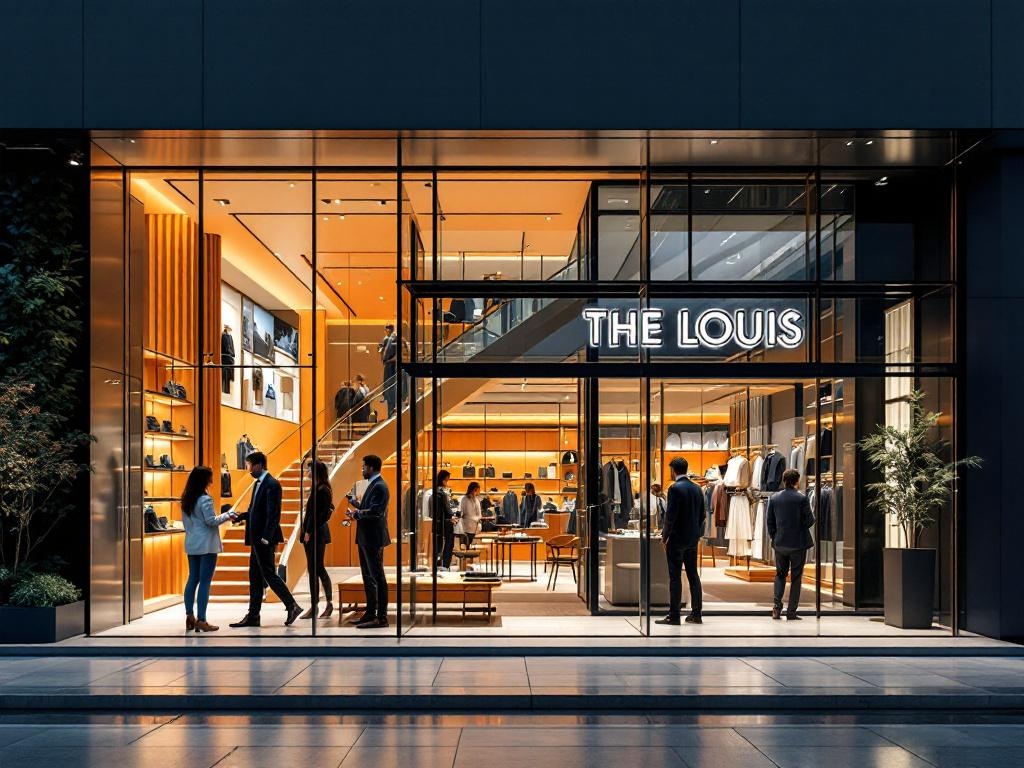Luxury Brands Transforming Chinese Retail with Innovative Store Concepts

Peking, woensdag, 2 juli 2025.
Luxury brands like Louis Vuitton are launching radical new shopping strategies in China to counter declining sales. With conceptual stores such as ‘The Louis’ - a 30-metre-high flagship store in Shanghai featuring exhibition space and a café - brands aim to reinvent the consumer experience. This approach comes amidst an 18% contraction in the Chinese luxury market in 2024, with brands focusing on unique, immersive retail solutions that go far beyond traditional sales models. The strategy reflects a shift towards experience and personalisation, targeting a new generation of consumers who value unique moments more than physical products.
Luxury Retail Transformation in China
Luxury brands are undergoing a profound strategic repositioning in China, developing innovative store concepts to combat declining sales. Louis Vuitton, for example, has launched ‘The Louis’, a 30-metre-high flagship store in Shanghai that goes far beyond traditional retail models [1][2]. The Chinese luxury market is facing a significant challenge, with a contraction of 18 percent in 2024, forcing brands to radically reinvent their retail approach [3].
New Consumer Experience
The new store concepts focus on more than just sales; they create immersive experiences with exhibition spaces and additional services like cafés [1]. Zino Helmlinger from CBRE emphasises that luxury brands are not reducing their investments, but rather focusing on new retail concepts and experiences [2]. Consumers like Natalie Chen (31) from Shanghai indicate that they are becoming increasingly critical in their luxury purchases, making this strategic shift necessary [4].
Technological Innovation
Artificial intelligence plays a crucial role in this transformation. Luxury brands are using AI for hyper-personalised customer experiences, industrial quality control, and task automation [5]. The focus is on creating unique, tailored interactions that transcend the traditional shopping experience [5].